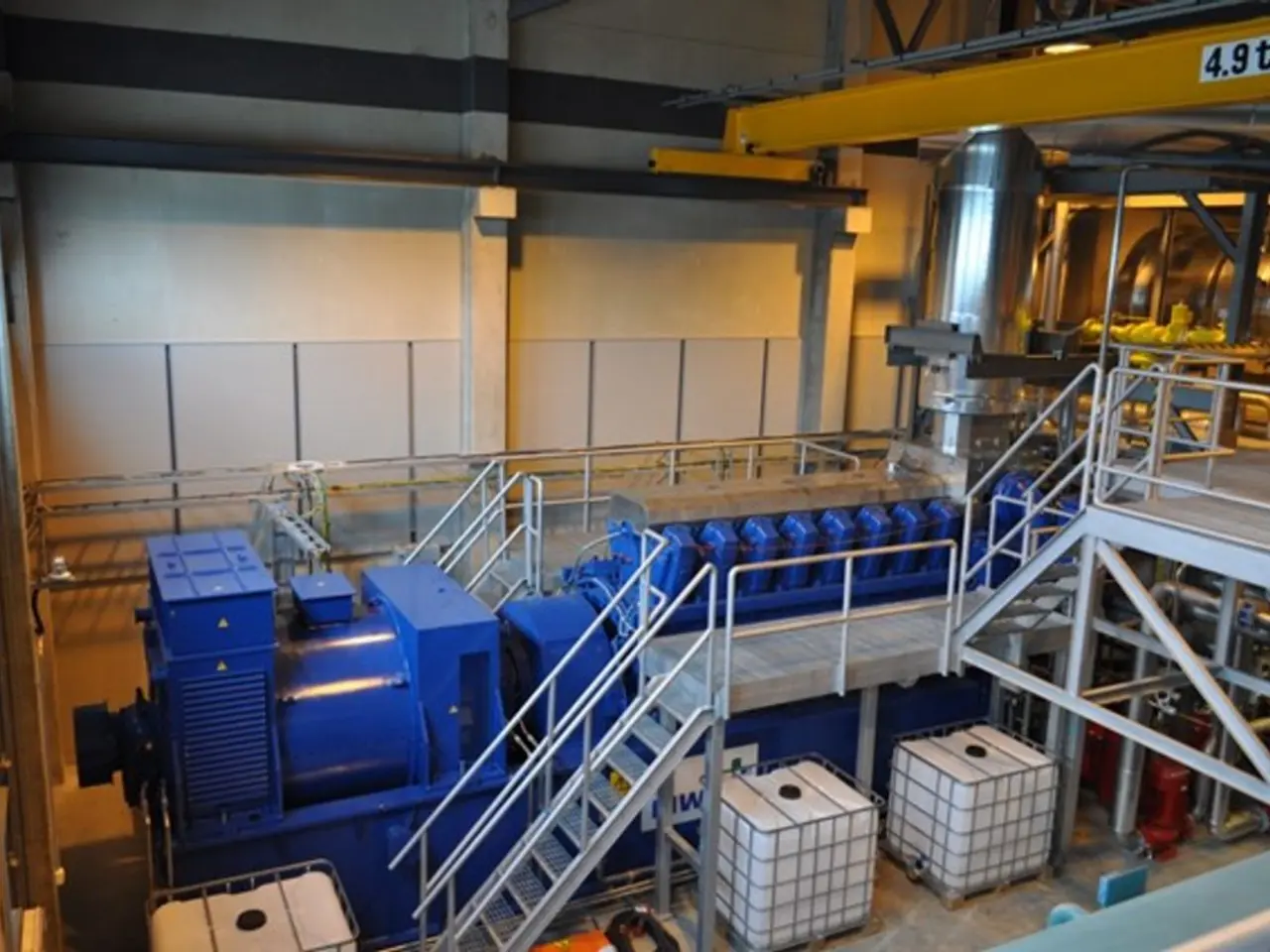Aircraft Compartment: Understanding Its Nature and Functioning
Essential Aviation Systems: Insight into Aircraft's 'Black Boxes'
The humble 'black box' of an aircraft is often overlooked, yet it plays a crucial role in the aviation industry's safety measures. This device, known for its robust and precise functionality, allows us to understand the chronology of events during a flight in the event of an incident.
Components and Appearance
Contrary to popular belief, the black box is not a solitary component. It is a union of two distinct devices: the Flight Data Recorder (FDR) and the Cockpit Voice Recorder (CVR). Both work in unison to document technical information about the flight and events within the cabin.
Despite its misnomer, the black box is not black. Instead, it is bright orange with reflective stripes, making it easily locatable after an accident. The name 'black box' stems from technical jargon, but its appearance is far from what the name suggests.
Design and Durability
These devices are meticulously designed to withstand extreme conditions, including high temperatures, violent impacts, and pressure. The casing is primarily made of materials like titanium and stainless steel.
Aircraft black boxes are situated in the rear of the fuselage, the most secure area in case of impact. Additionally, they feature an underwater beacon that emits signals for up to 30 days following a sea accident.
What They Record
The FDR records technical parameters such as speed, altitude, position, acceleration, heading, and more. In contrast, the CVR records sounds from the cabin, including pilots' voices, alarms, and communications with air traffic control.
Both devices operate in loops, ensuring that the most recent minutes of flight data are preserved. Typically, the CVR stores the last 2 hours, and the FDR saves up to 25 hours of technical data.
Air Safety Advancements
Post-accident, investigators search for these black boxes first. They offer insight into the incident's intricacies, helping identify technical errors, human failures, or unexpected conditions.
This data aids in preventing the same failure from recurring. Consequently, black boxes on aircraft are not merely analysis tools. They are the cornerstones of safety and prevention within the aerospace industry.
Evolving Technology
Over time, black boxes have evolved, becoming lighter and capable of recording more data. New technologies, such as real-time transmission of crucial flight information, are also being explored.
Future possibilities might include virtual black boxes, which transmit data via satellite to secure servers without requiring physical retrieval after an accident, saving valuable time in investigations. Additionally, work is underway to integrate artificial intelligence, enabling anomalies to be detected during flights and automatic alerts to be activated, enhancing prevention even further.
A Sliver of Stealth, Yet Indispensable
Passengers are generally unaware of these devices being on board. However, their presence is indispensable. Thanks to them, avoidable tragedies have been averted, and significant enhancements have been made in aircraft design.
For further insights into such curiosities and to become a proficient professional in the aviation industry, contact EAS.
- The Flight Data Recorder (FDR) and Cockpit Voice Recorder (CVR), which make up the black box in an aircraft, contribute significantly to the documentation of both technical flight information and events within the cabin, playing a crucial role in the safety measures of the aerospace industry and technology advancements.
- Technology in the aviation industry continues to evolve, with the potential for virtual black boxes that transmit data via satellite to secure servers and artificial intelligence integrated into black boxes, enabling anomalies to be detected during flights and automatic alerts to be activated, enhancing safety and prevention even further in the finance and aerospace sectors.








